Where Do Alpacas Live?
The Spanish word "Alpaca" is derived from the Aymara name "Allpacu" or the Quechuan name "Pacos" or "Pacoshas." Paintings on rocks dating back more than 8000 years depicted the relationship between ancient Peruvians and alpacas. Early inhabitants began the domestication process of alpacas between 4000 and 5000 B.C.
Alpaca wool was first used in textiles from 2500 B.C. and grew increasingly prominent in ancient Peruvian societies throughout time. Woven textiles symbolized various levels of authority and were frequently paid as tribute to the State or to local rulers in exchange for favors or services, as in barter commerce. Today, it is believed that 3.7 million alpacas live in the Peruvian Andes highlands (in Puno, Arequipa, Cuzco, Ayacucho, Huancavelica, and Apurimac), accounting for 80 percent of the global alpaca population.
What makes Alpacas so special?
Among a wide range of unique features, alpaca wool is especially known for its long-lasting durability. You see, these wonderful creatures have to confront tough conditions and extreme weather fluctuations in order to survive, and have done so for thousands of years.
The Peruvian Alpaca are raised by small herding groups in the Andes at around 3,800 meters above sea level, and its fur has developed to deal with those harsh conditions in the most effective way possible. These animals are valued and handled with great care because their fleece is the primary source of income for many small independent Peruvian herdsmen.
What does it mean to live in the Andes?
As previously stated, alpacas are native to the Andes. At this elevation, the water supply is natural, and the terrain is frequently unsuitable for cultivation. Alpacas have two toes with toenails on top and a soft pad on the bottom of each foot, allowing them to have a low effect on pastureland. In other words, alpacas do not harm the grassland and their environment is unaffected.
Alpacas have evolved fur unlike any other to keep warm in Peru's frigid Andes mountains. It has a thickness of fewer than 0.20 microns (two-hundredths of a millimeter). It feels as delicate as a cloud to the touch. And the warmth it emits is unparalleled. Even when wet, its fine and light fleece acts as a heat insulator.
Temperature fluctuations of up to 40 degrees can be found in the Andes over the course of a single day. South American alpacas had to adapt to their surroundings in order to survive. For example, due to the high levels of solar radiation in the Andes, its fur developed UV resistance to protect its skin from the sun. That is one of many remarkable features alpaca wool developed to face the harsh environment, some of which are unique to it.
Wearing Alpaca has a deeper meaning
Thanks to the Andean textile heritage, Peruvian alpaca farmers have been able to offer the same protection to humans for thousands of years. To us, wearing alpaca clothing means being part of an ethical, social, sustainable, and solidarity-based economic approach, which also allows you to enjoy the exceptional properties of this incredible fiber.
We hope you find this information interesting. You can learn even more about these incredible creatures on our Why Alpaca page! If you have any questions or want to know any details about a certain product, feel free to contact us at [email protected]
We will do our best to help you with your alpaca needs!

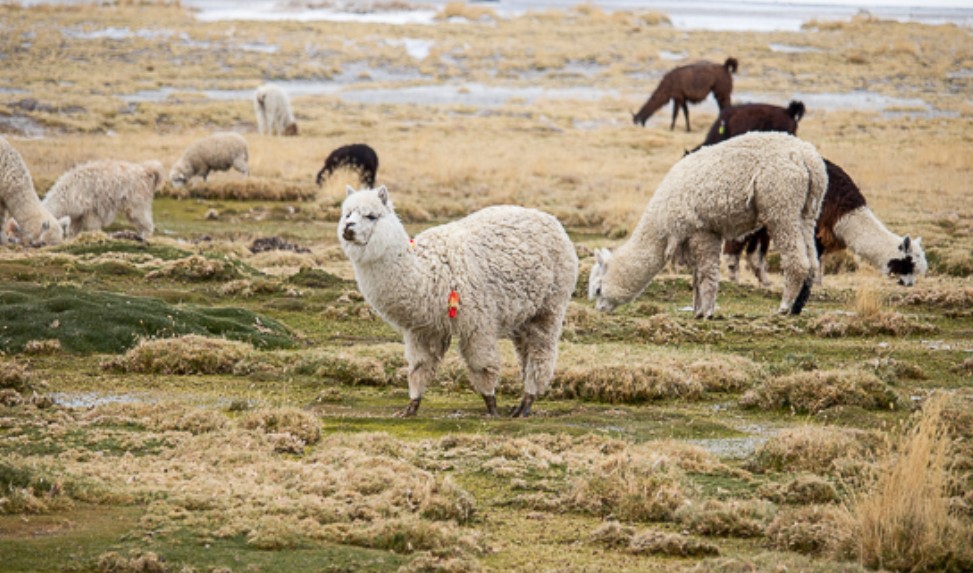
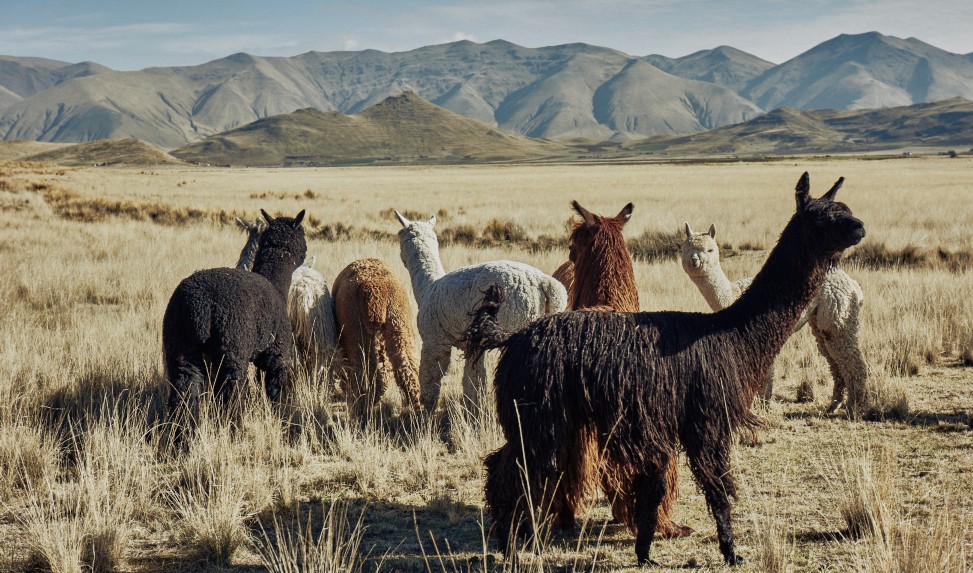
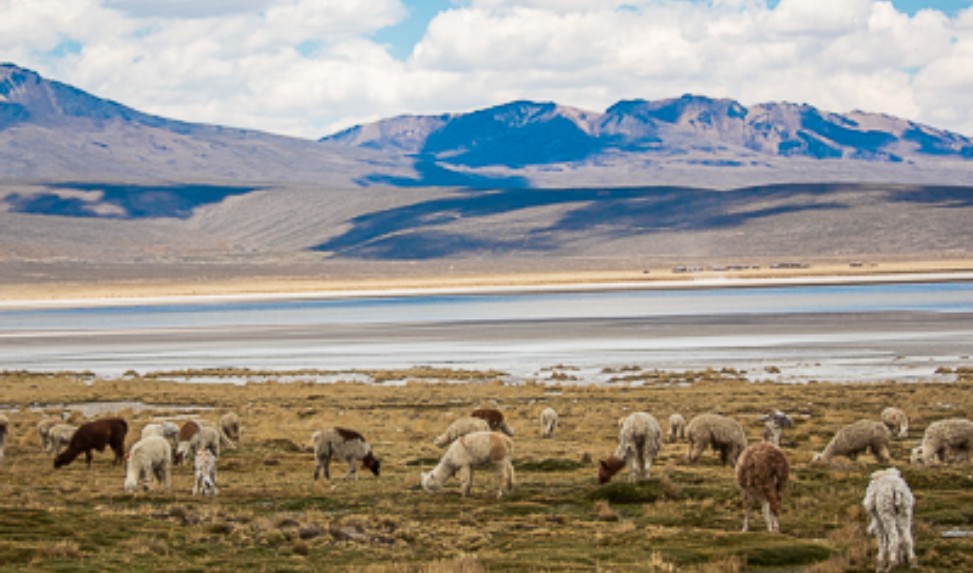
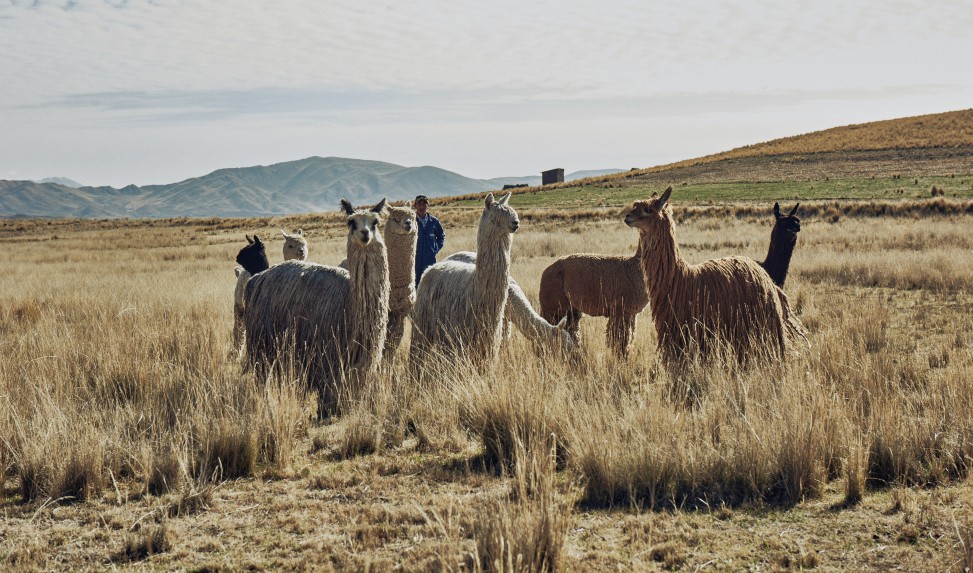
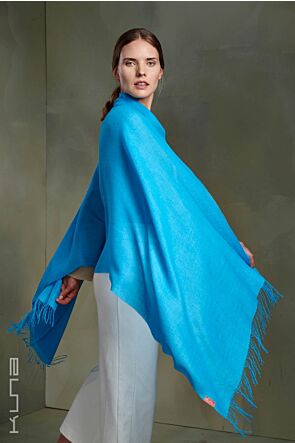


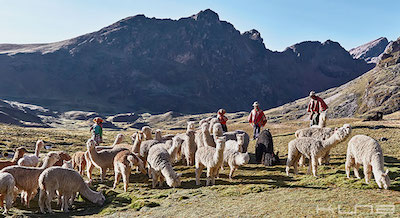
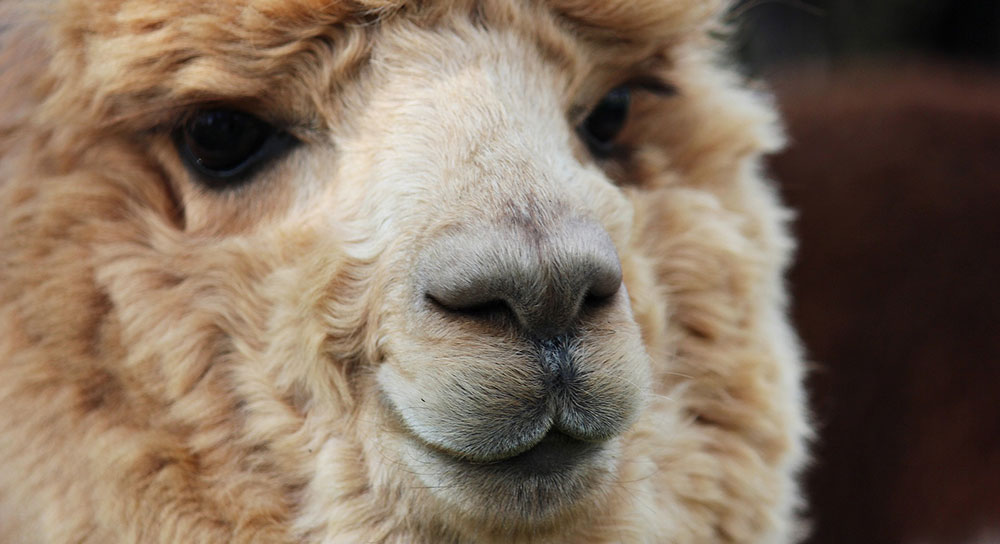
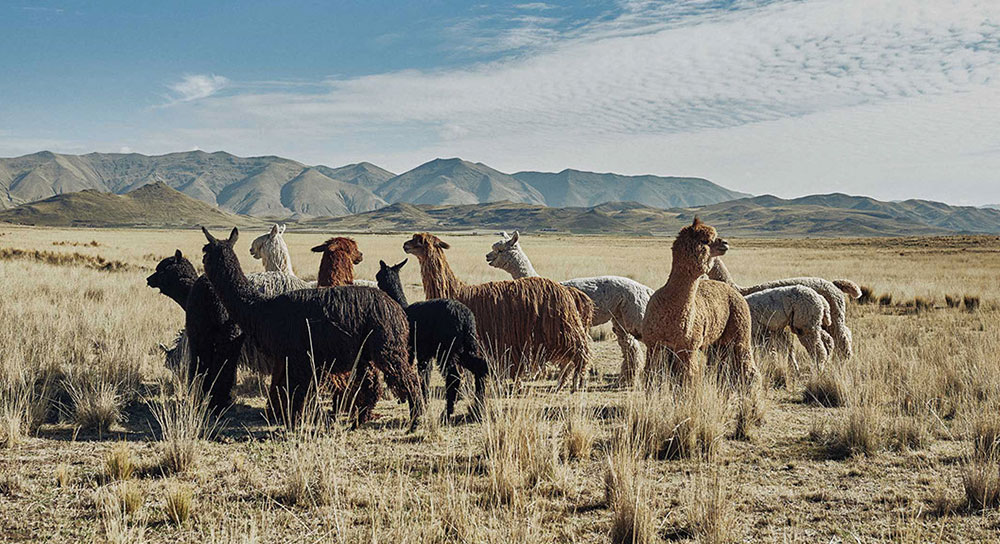


Comments
Leave A Reply
Your email address will not be published.